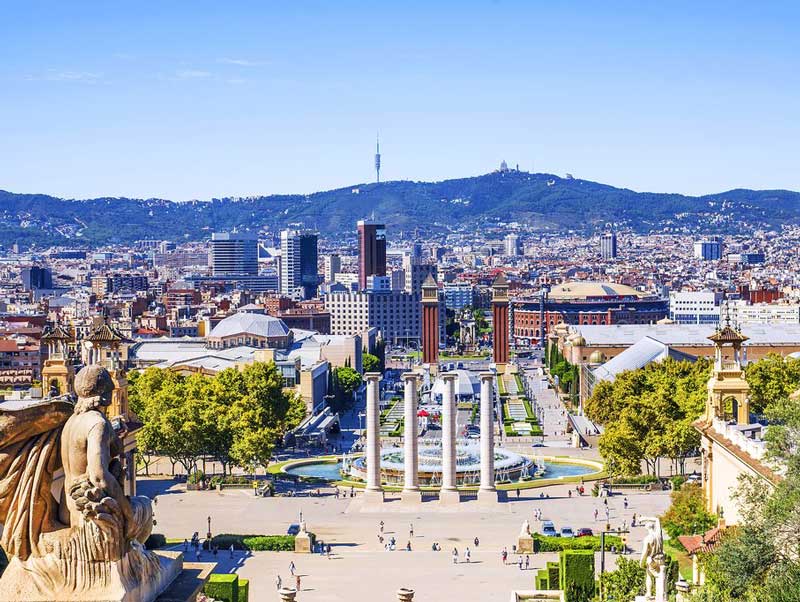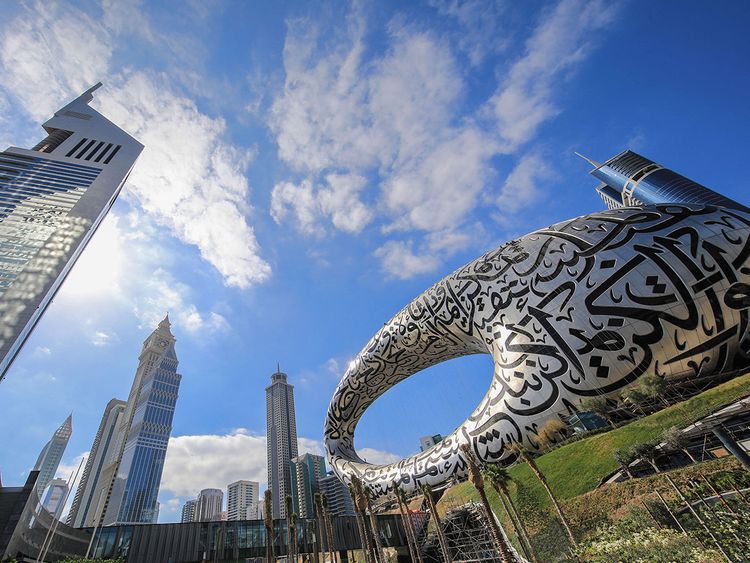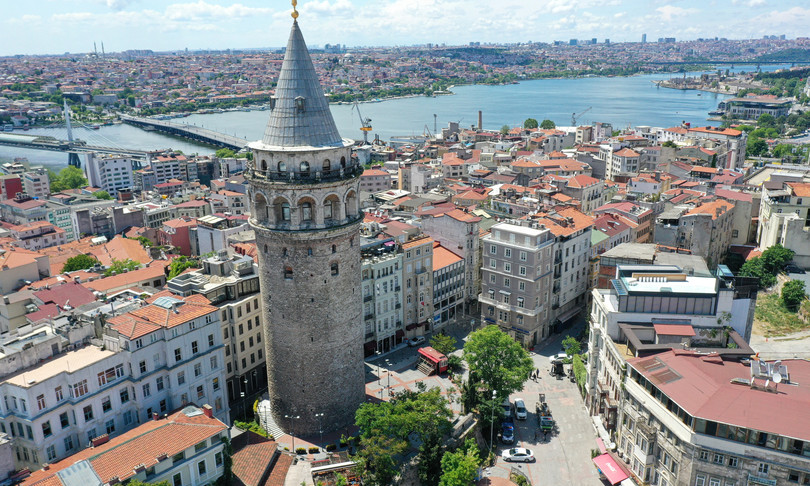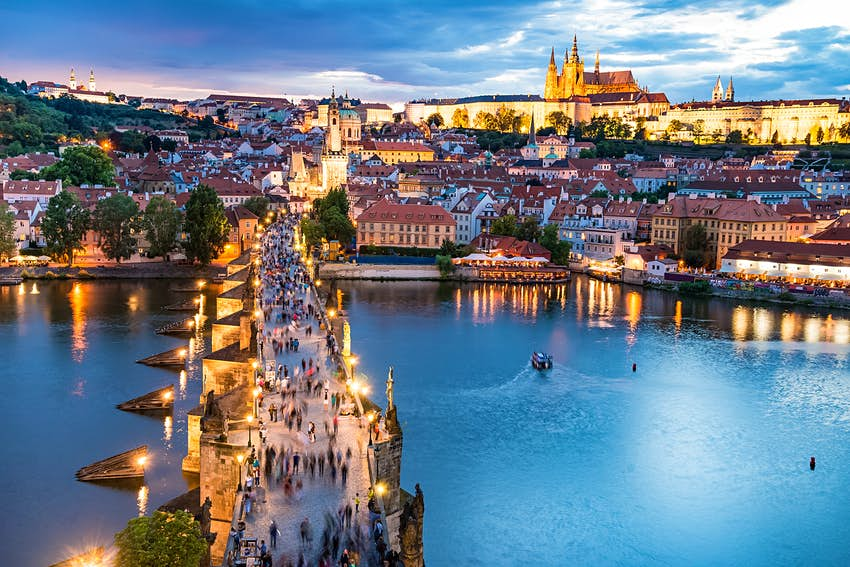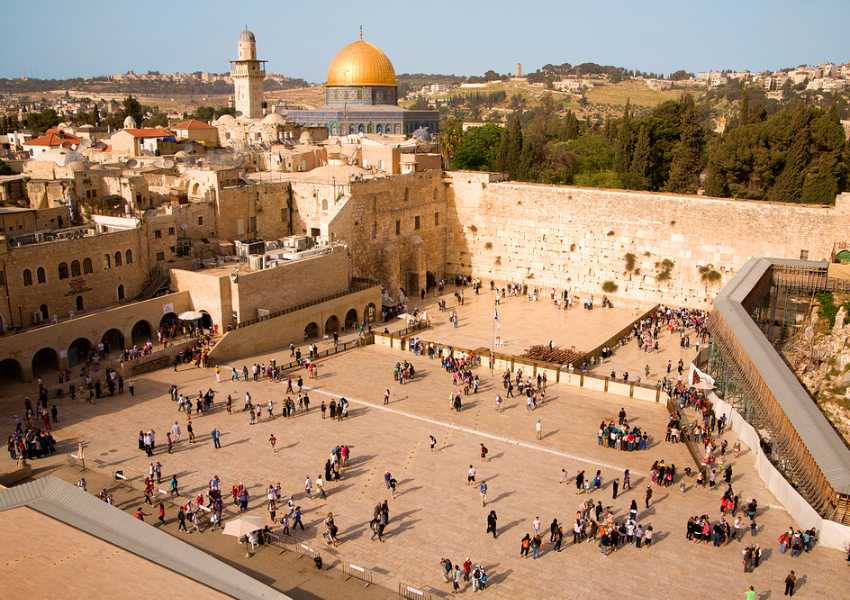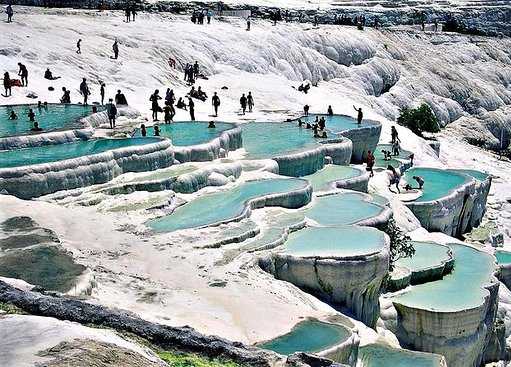Butrint National Park, Sarande-Albania
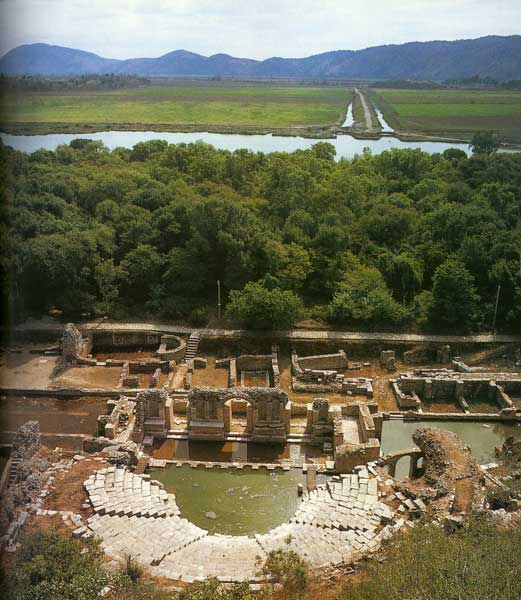
Butrint National Park (Albanian: Parku Kombëtar i Butrintit) is a national park created in November 2000 and located in southwestern Albania. It protects 85.91 square kilometres of historic landscape, archaeology and environment. The parks boundary includes the seaside municipality of Ksamil.
The park, a UNESCO World Heritage Site, is one of the most important archaeological sites in the country containing different artifacts and structures which date from the Bronze Age up until the 19th century. A number of major monuments are still extant including the city walls, late-antique baptistery, great basilica, theatre and Venetian castles. In addition to archaeological remains the site is robed by natural woodland with a complex ecosystem which depends on the nearby freshwater Lake Butrint and Vivari Channel which drain the lake into the Ionian Sea. It is this combination of historic monuments and natural environment that makes Butrint such a unique place, a landscape with monuments as beloved of the Grand Tourists of the 18th and 19th centuries.
The Park was created by the Albanian Ministry of Culture in partnership with UNESCO, ICCROM and ICOMOS. The underlying intention was to create a sustainable cultural heritage resource involving local communities and national institutions to serve as a model for other parks around Albania. The park is now a major center for archaeology and conservation training schools organised by the Butrint Foundation in partnership with the Albanian Institutes of Archaeology and Monuments, foreign universities and international specialists and consultants. There is an active program of events in the theatre, concerts and performances, and outreach programmes for local schools and colleges. Some 38,225 foreign tourists visited the archaeological site in 2005. By 2008, this figure had risen to 58,547 (source: Butrint National Park published figures).
















